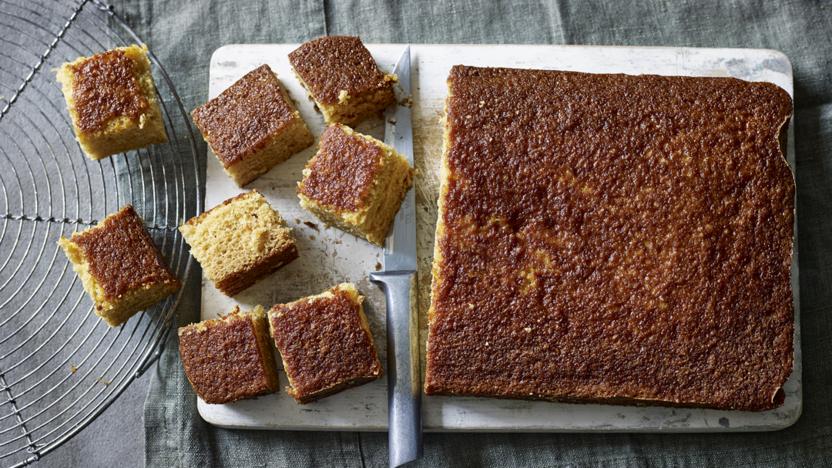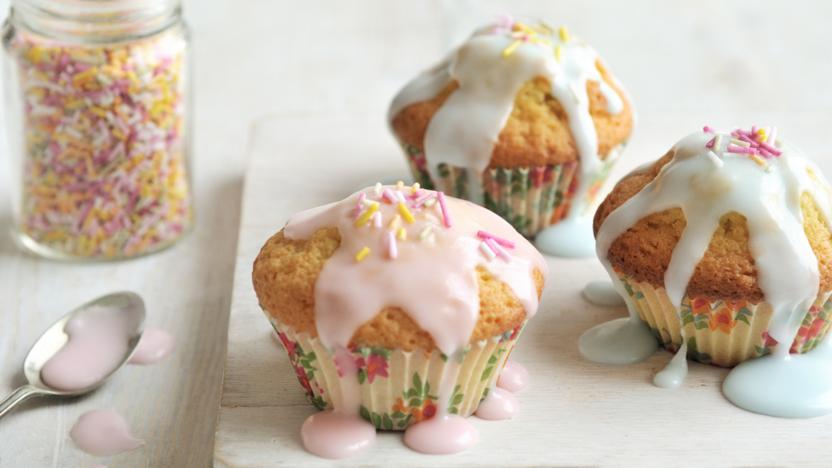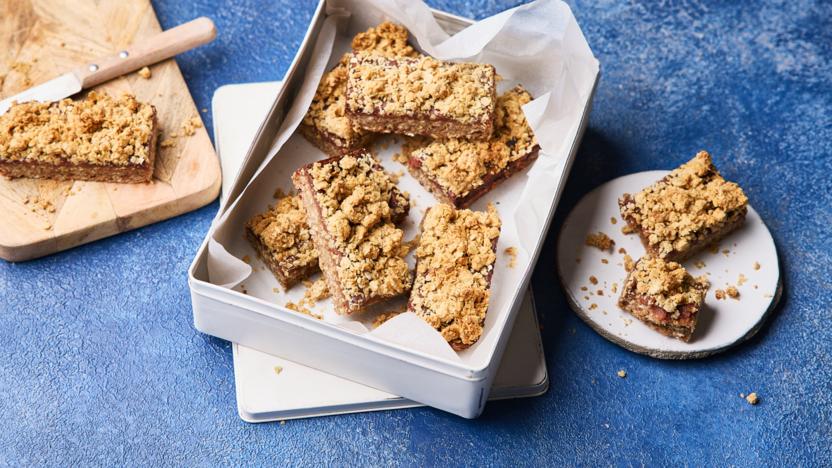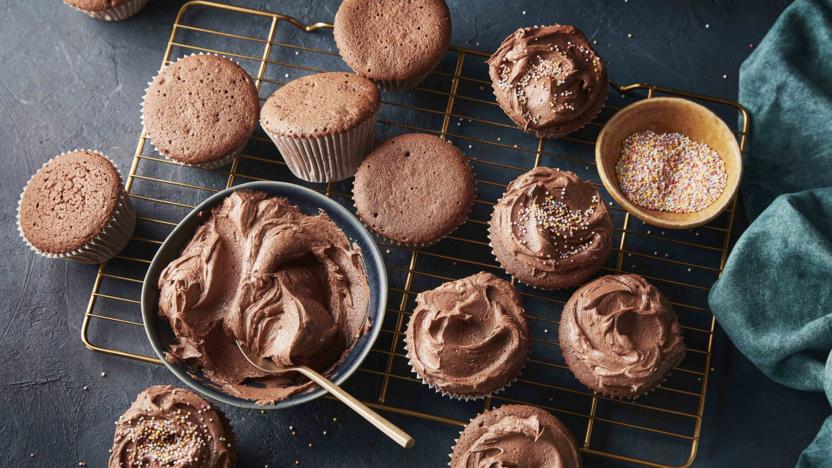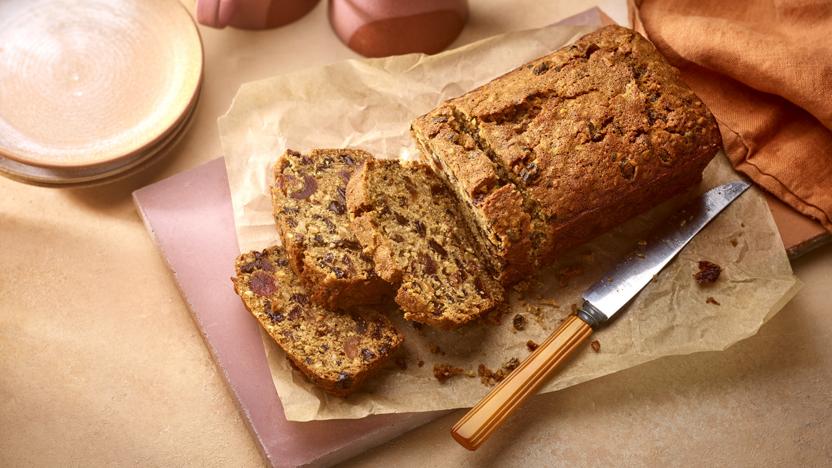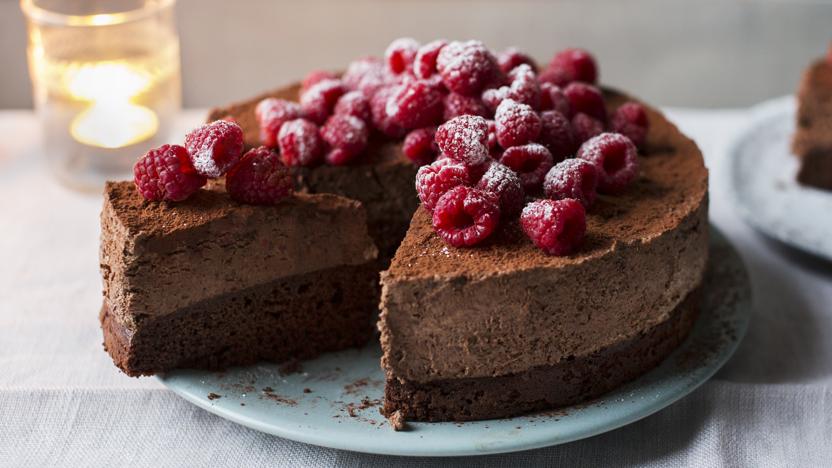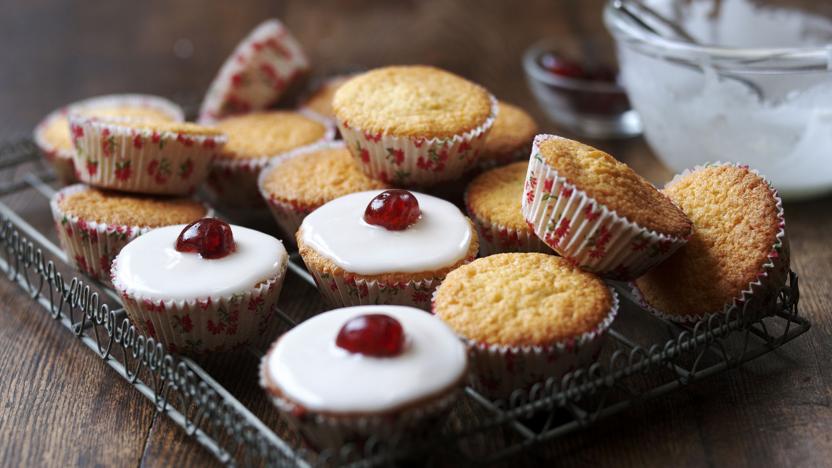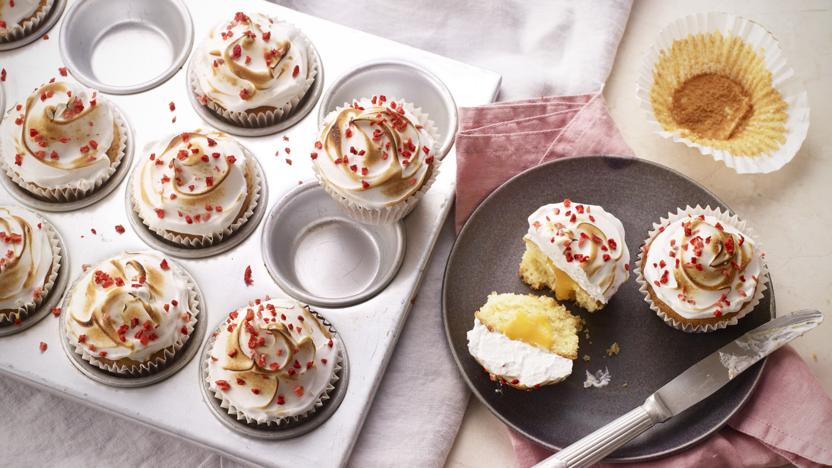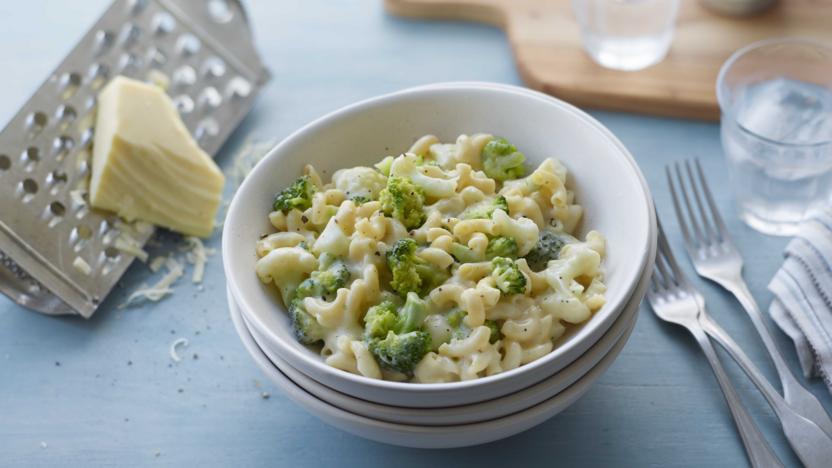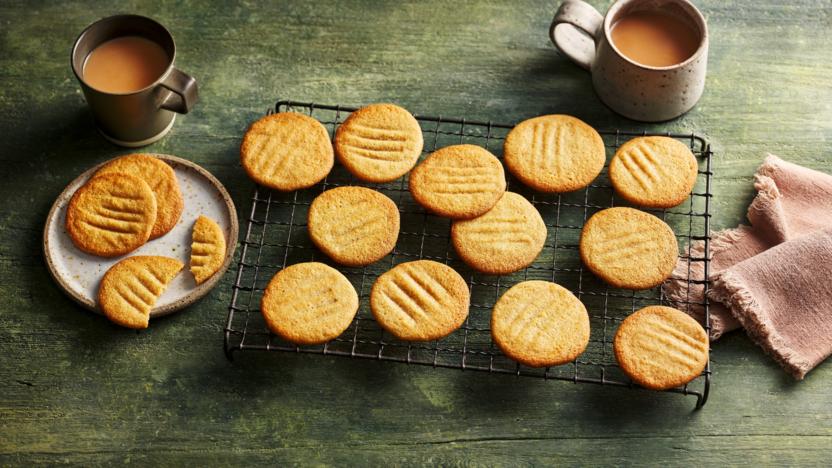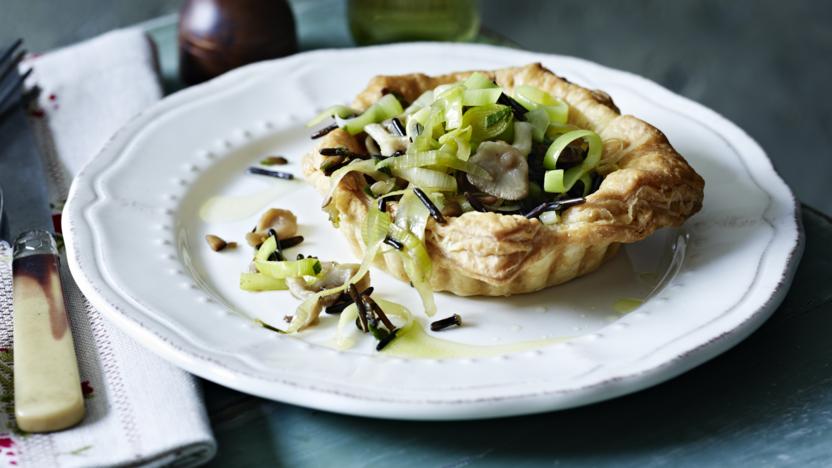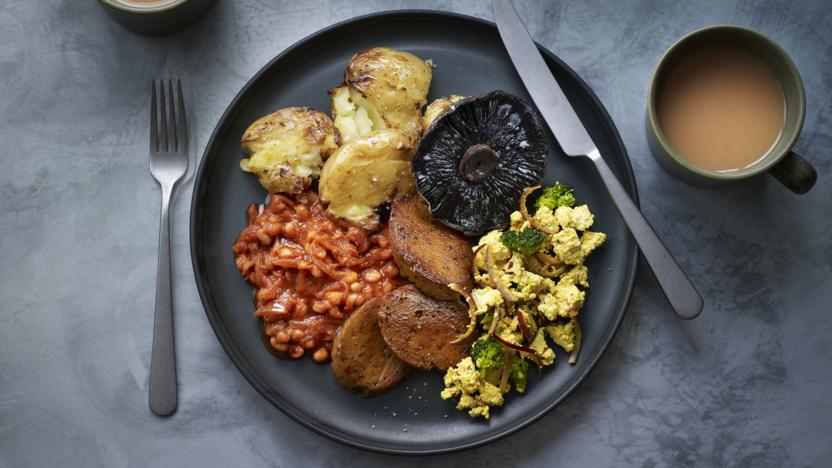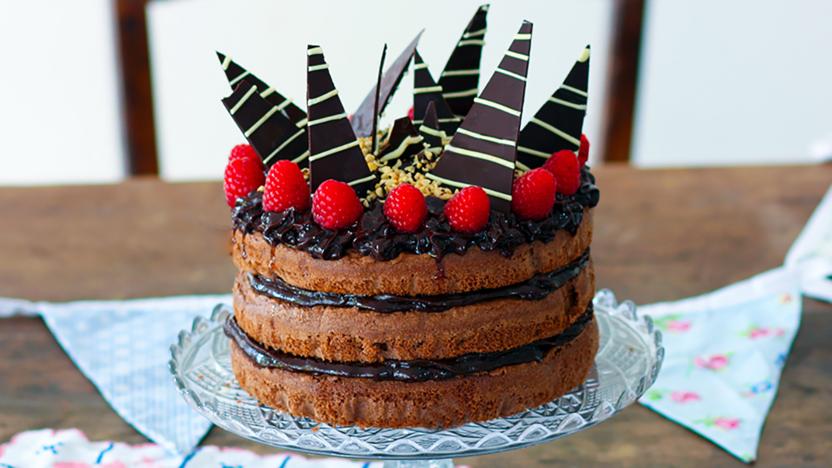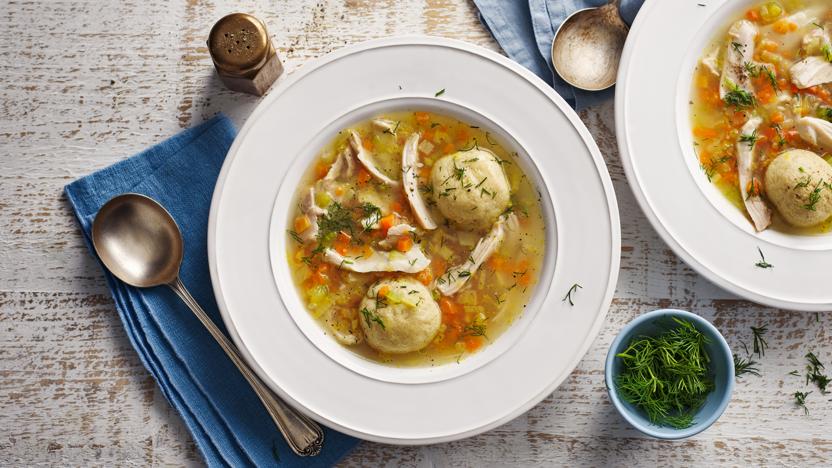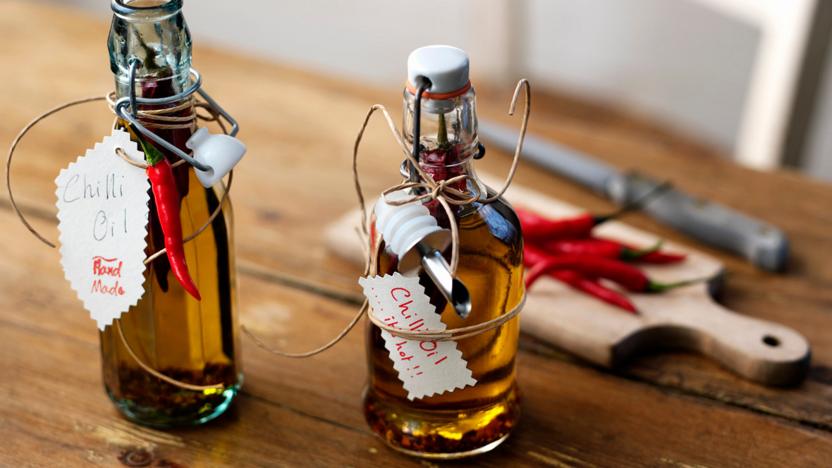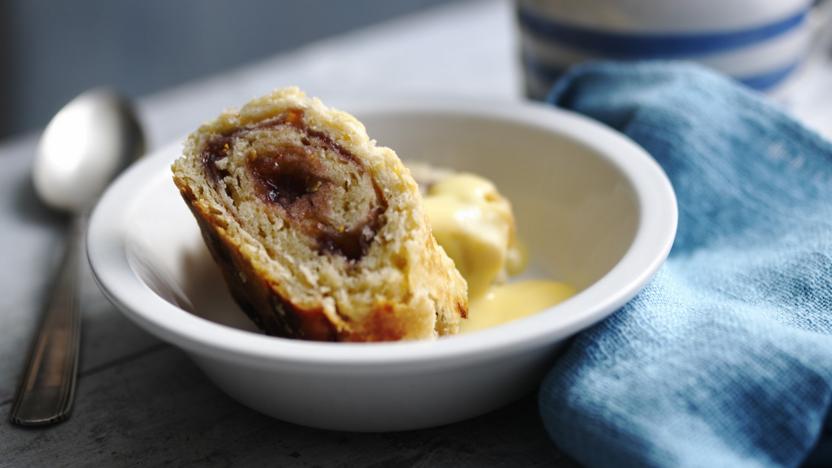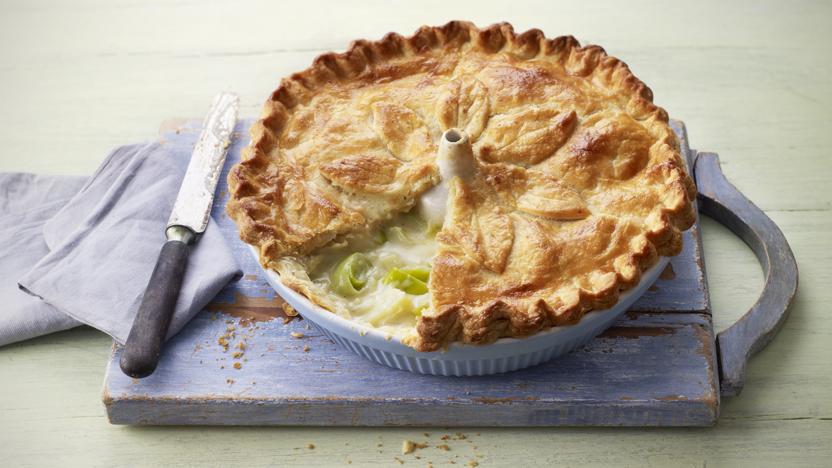Margarine recipes
Margarine was invented in the 1860s by a French chemist as a cheap replacement for butter, originally based on beef fat, milk and water. The recipe was changed soon after to use even cheaper plant-derived oils, and manufacturers have continued to tweak the recipe over the years to improve the colour, flavour and texture. Some margarine products are still made with animal products, such as buttermilk, and some are purely plant-based. Some are designed for spreading, and others are better for baking so always read the packaging before cooking with margarine.
Mary Berry's ultimate apple cake – a Victoria sponge, that stays really moist thanks to grated apple, filled with lemon-flavoured cream.
You will need two 20cm/8in round, loose-bottomed sandwich tins and an electric mixer.
More margarine recipes
Buyer's guide
Margarine is an ultra-processed food made by combining water and vegetable oils and may contain emulsifiers, preservatives, additives, artificial colourings and flavourings and salt. They may be made using a blend of fats such as palm oil, sunflower oil or rapeseed oil.
Butter substitutes such as margarine and 'non-dairy spreads' vary in fat content, water content and flavour. 'Hard' margarine (sometimes sold as a baking block) has roughly the same fat content as butter (75-80%), so is the best choice for pastry. Some spreads with a fat content of around 63% do suggest they are suitable for baking, but some recipes that call for butter may not come out quite the same if the fat content of the substitute is considerably different.


